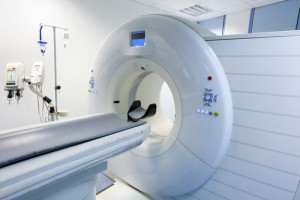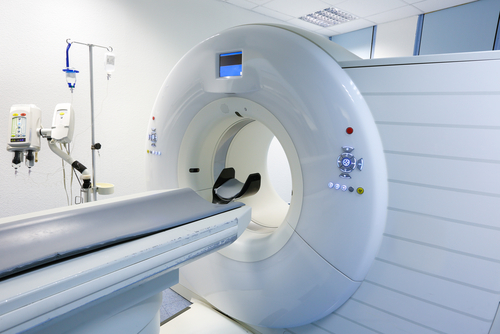 Two advanced technology programs for early detection of lung cancer are now available at Valley View Hospital, Colorado, one of only 14 hospitals in the country offering this type of service.
Two advanced technology programs for early detection of lung cancer are now available at Valley View Hospital, Colorado, one of only 14 hospitals in the country offering this type of service.
Screening patients with low-dose computer tomography (CT) scans who are at high risk of developing lung cancer can save many lives every year.
Dr. Akrum Al-Zubaidi, a pulmonologist from Valley View’s Lung Center, started to preform these early interventions in 2012 where, in addition to low-dose CT scans, Electromagnetic Navigation Bronchoscopy (ENB) and Confocal Endomicroscopy are used in combination to detect, diagnose, and stage lung cancer in only one procedure.
ENB is a GPS-like technology that accurately navigates to peripheral pulmonary target lesions this way locating, testing and detecting a lesion in the lung. It can be used for biopsies of peripheral lung lesions, pleural dye marking of nodules for surgical wedge resection, placement of markers for stereotactic radiotherapy, and therapeutic insertion of brachytherapy catheters into malignant tissue, while still remaining minimally invasive.
Confocal endomicroscopy allows for high-resolution assessment of mucosal histology at a cellular and sub-cellular level, and has the ability to obtain optical biopsies of tissues in vivo and with real-time image display.
Because the first visible neoplastic changes in epithelial cancers occur at a cellular level, this imaging technique is able to provide early diagnosis and treatment, while decreasing the number of biopsies necessary to diagnose dysplasia or neoplasia while increasing diagnostic yield.
The main objective of Dr. Aki is to have the lowest mortality rates possible, since there are currently 150-200 new lung cancer diagnoses per year at the Valley View Hospital, with only 27% of all cases diagnosed in the early stages of disease in 2012, a number that rose to 55% in 2013, after the implementation of these advanced diagnostic techniques.
“Imagine if we can catch these patients when they are in stage one or two, then we can turn our mortality rates around, and 85 to 90% of those patients will still be alive. We are now equipped with the new technology and the new diagnostic tools to make this happen. And I am personally committed to do everything I can to fight lung cancer here in the Roaring Fork Valley,” Dr. Akrum said in a Post Independent interview.


